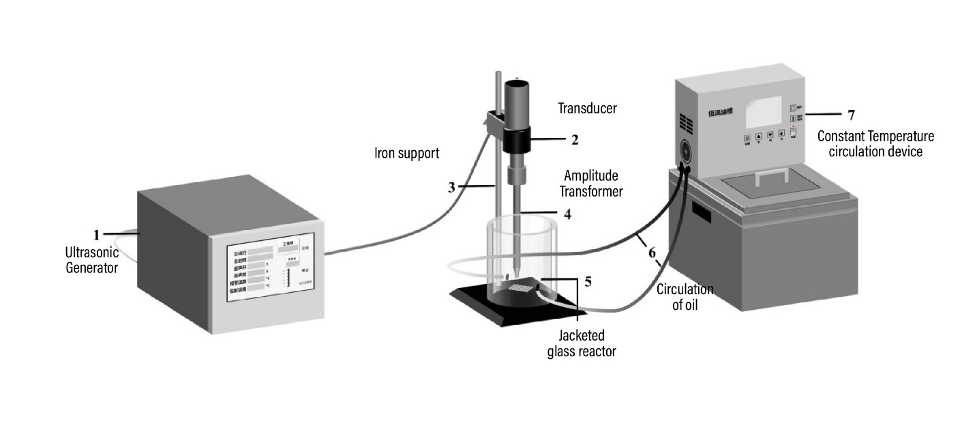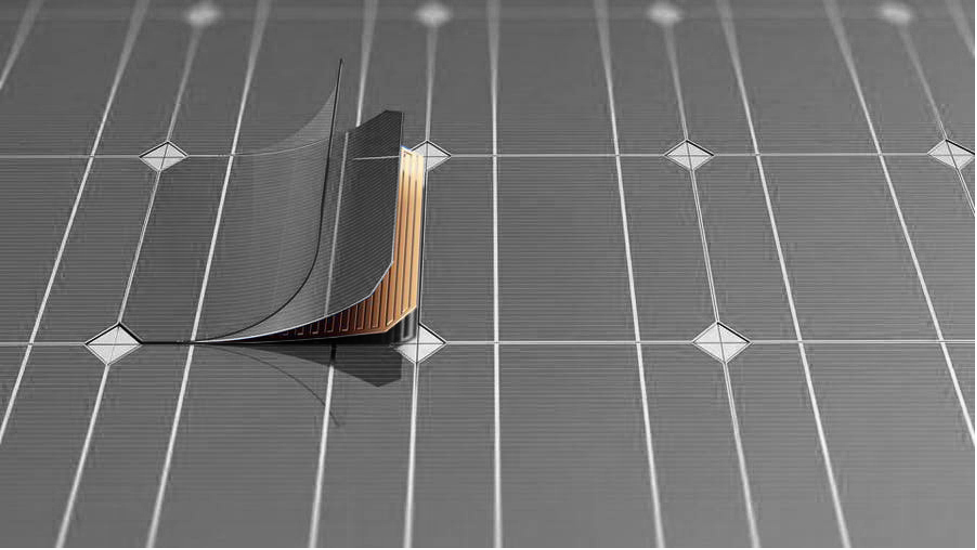The research group at the Chinese Academy of Sciences was successfully able to separate the glass and back sheets from the solar cells at the end of their life cycles. The groundbreaking substance behind this technique to recover undamaged solar cells is a dibasic ester(DBE). Not only the toxicity of this dicarboxylic acid ester is quite low and it is recyclable at the end of its cycle. The DBE is basically a blend of dimethyl succinate, dimethyl glutamate, and dimethyl adipate. DBE is a prominent green solvent and commonly use lubricant, spin finish, and additive in the coating industry.

The entire process description is in the Clean Technologies and Environmental Policies journal. This technique to recover undamaged solar cells involves the penetration of DBE into the gap between the glass cells and the ethylene vinyl acetate (EVA) back sheets. Afterward, an ultrasonic field is utilized xto break the bond between the glass and EVA. The resultant mixture then obtain is pass through filters to gain the composite of the solar cell+ EVA.
Furthermore, the composite mixture is then pass through a series of sieve mesh to gain the pure solar cell+ EVA. Finally, the EVA pyrolysis takes place and undamaged solar cells recovery happens. In this technique to recover undamaged solar cells, no fluoride emission takes place during the pyrolysis of EVA. This happens due to the prior removal of the back sheet from the solar cells amalgam. Fluoride emission was a major concern for scientists which was the case in the direct thermal process.
Why this New Technology to Recover Undamaged Solar Cells is gaining Popularity?
The technique to recover undamaged solar cells is gaining traction because of the use of DBE. DBE usually causes fewer cracks as compared to the swelling method, which involves the usage of O-dichlorobenzene. Not only this but O-dichlorobenzene is quite expensive than DBE. In a nutshell, DBE can make the recovery process of solar cells more manageable and hassle-free. Dibasic ester is not only environmentally sustainable but also quite economical as compared to other available options in the market.

